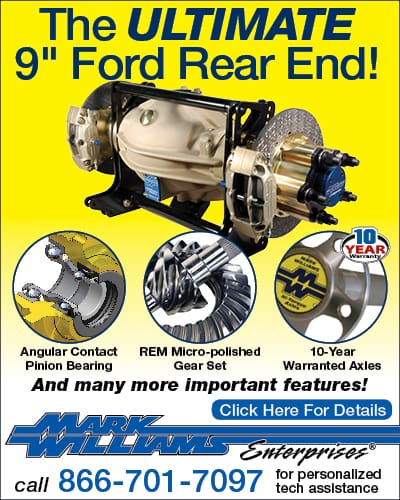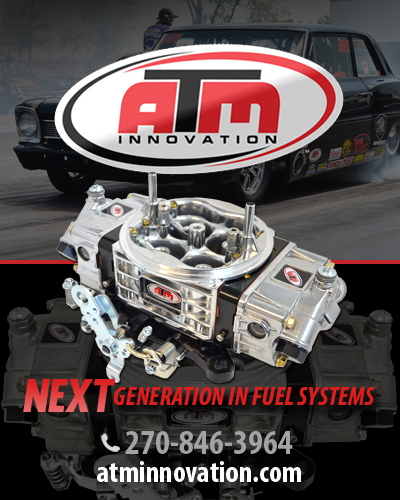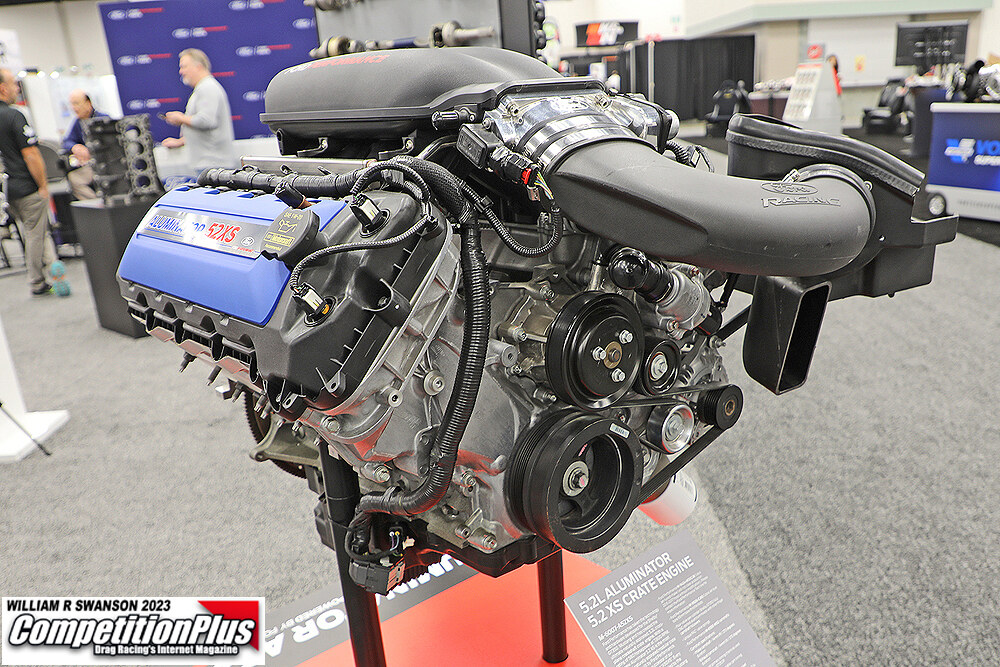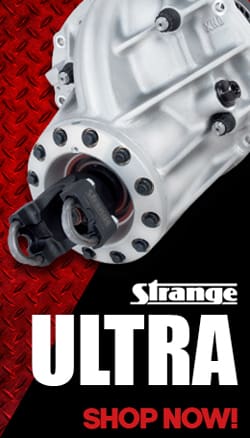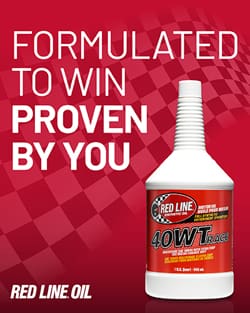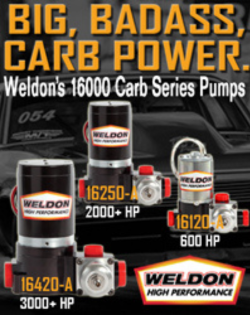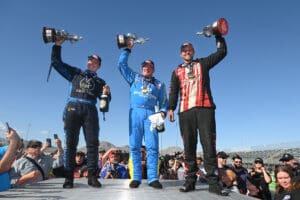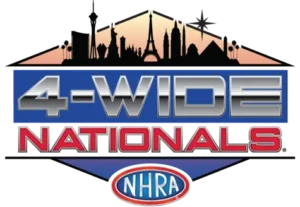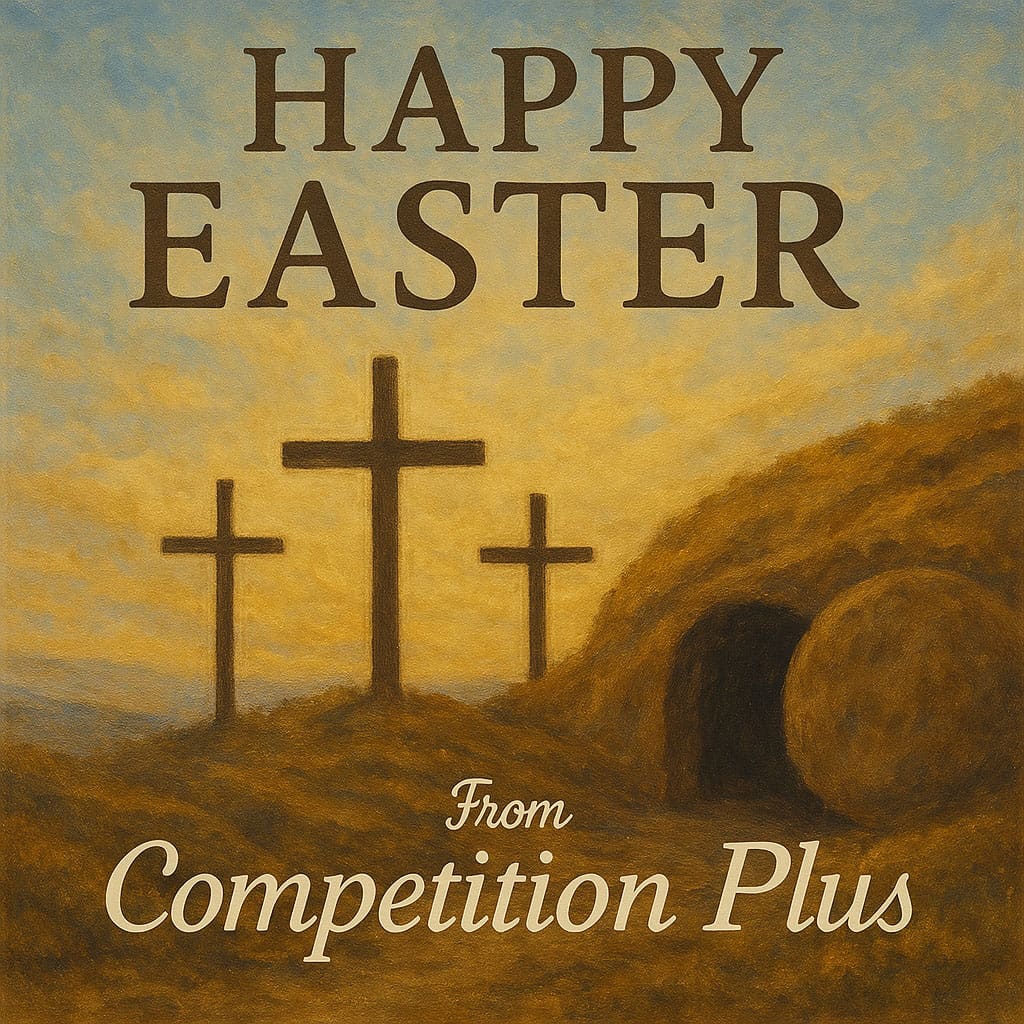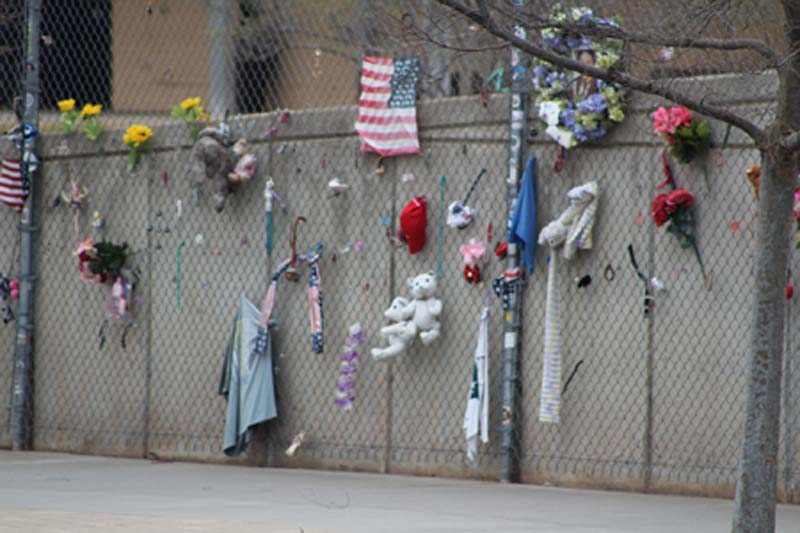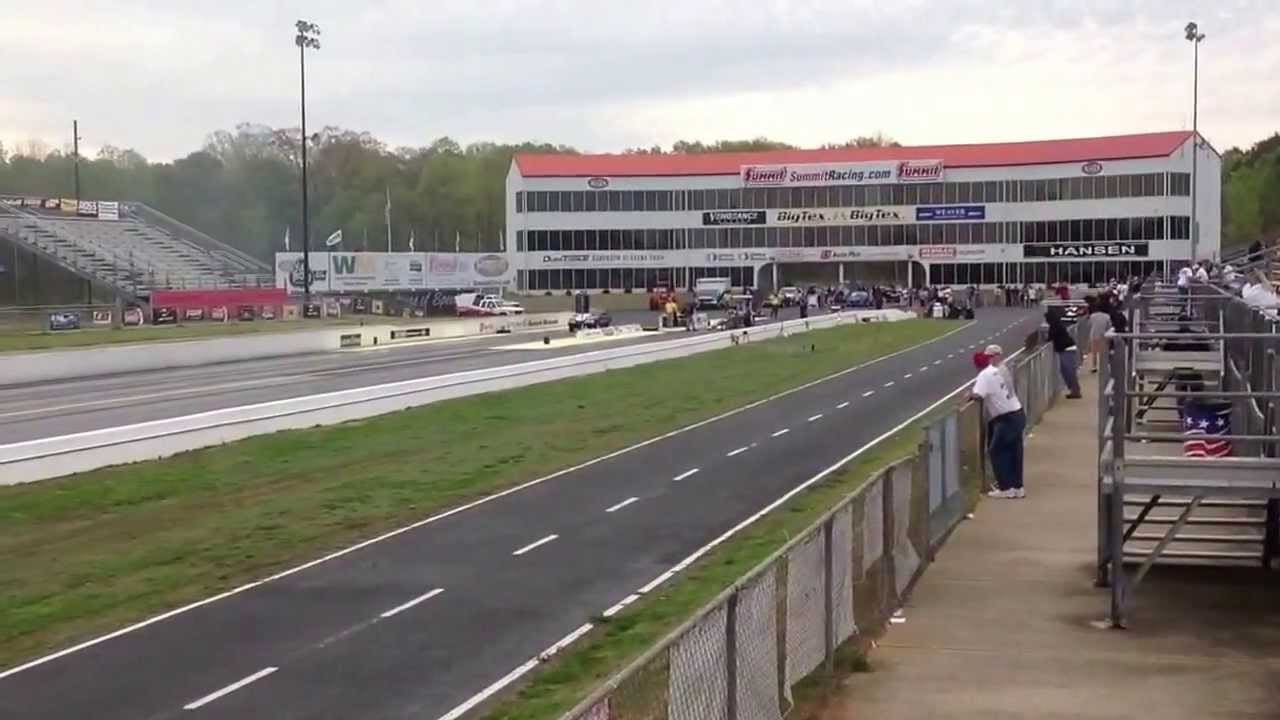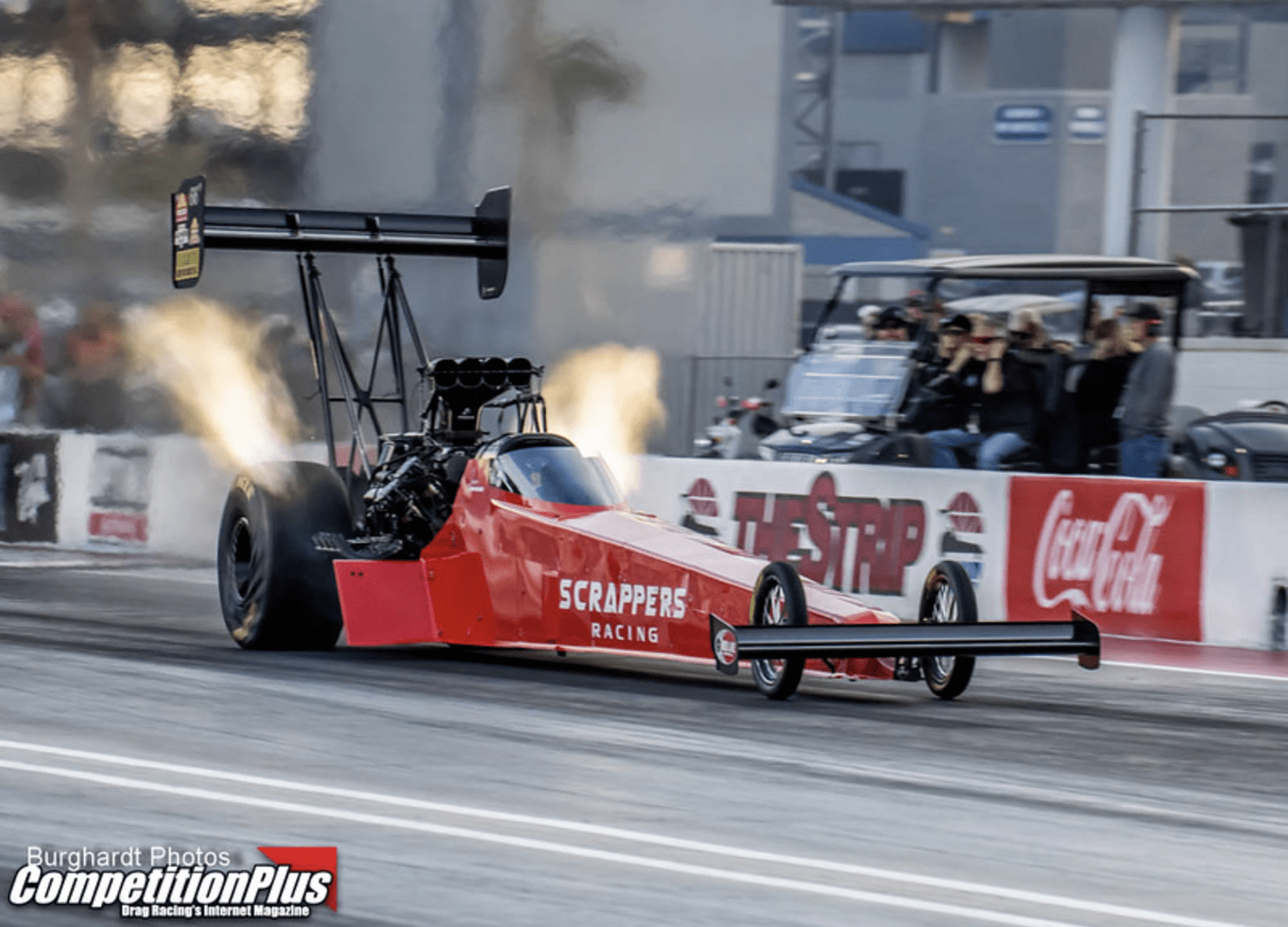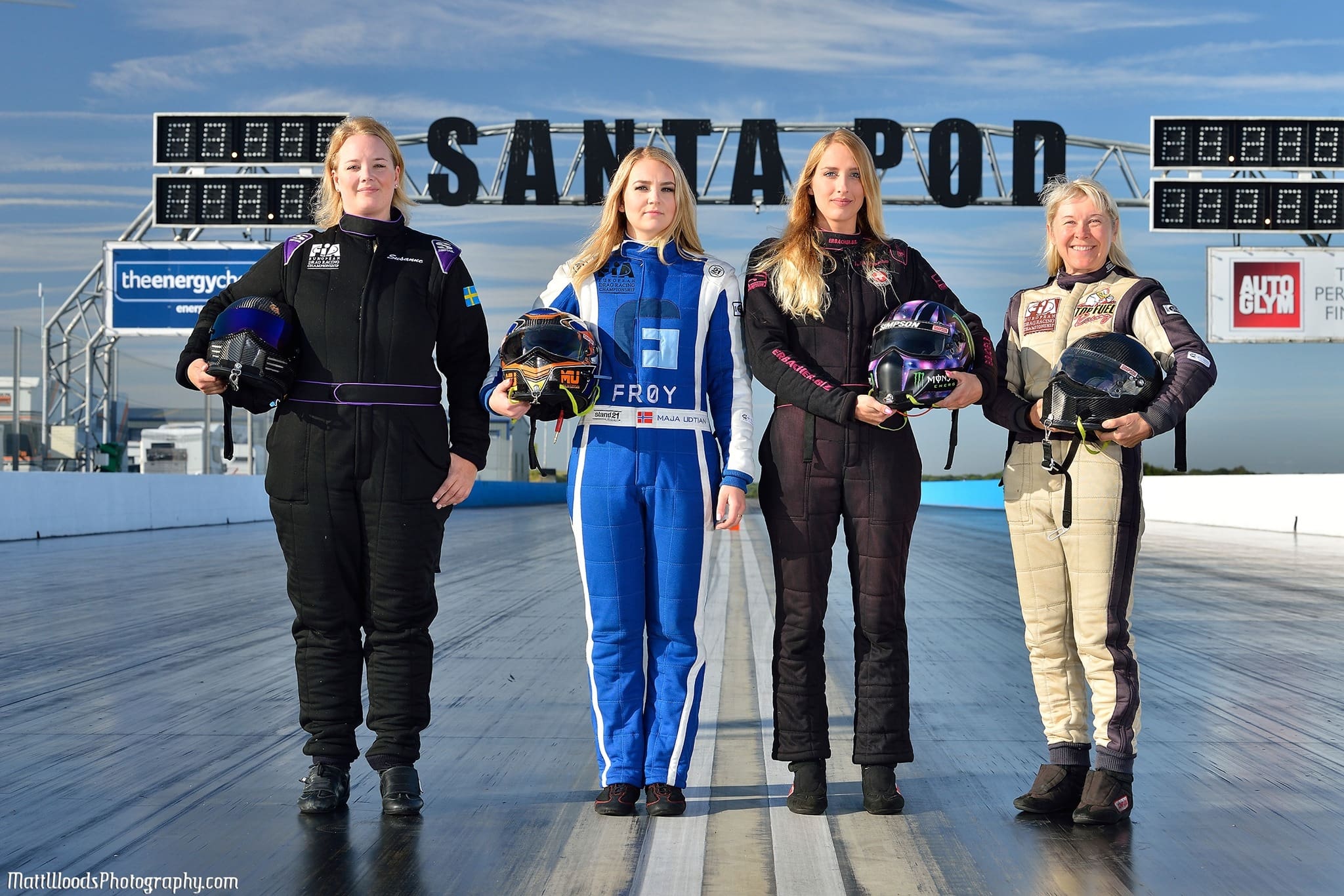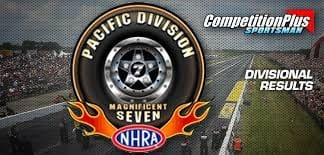

For those on the outside looking in, the great PRA/PRO vs. NHRA conflict of the 1970s might have appeared to be a pissing match of epic proportions. However, when details of what caused the public relations dust up almost five decades later come to light, it was more about professional drag racers demanding what they felt was their worth compared to other forms of motorsports.
In 1971, with the Vietnam War raging, the United States motorsports community came together in a show of support for the troops during a USO tour at the request of Rear Admiral Emmet H. Tidd. The team featured the best of the best in all forms of racing and included the likes of Richard Petty, A.J. Foyt, Mario Andretti, and drag racing’s Don Garlits.
Little did Tidd know, the tour would create another kind of war.
“The group of racers began talking about prize money,” noted drag racing historian Bret Kepner, “The others asked Garlits what was the most he ever won dragging racing and I remember the number specifically. Garlits told them his richest purse was $7,400 for his 1967 Top Fuel win at the NHRA U.S. Nationals at Indianapolis. That would’ve included contingency because I don’t think anybody was paying more than $3,000 to win Top Fuel eliminator before 1971.”
To his motorsports peers, Garlits sounded more like Bob Hope telling a joke than the world’s best-known drag racer.
“When Garlits said $7,400, the others laughed at him,” Kepner continued. “They couldn’t believe their ears. They asked, ‘You’re racing professionally and only making $7,400?” Corrected for inflation, that figure equates to $65,453 in 2022 dollars.

This embarrassing moment was all Garlits needed to inspire the Professional Racers Association and, inevitably, its marquee event, The National Challenge.
Four years later, Steve Carbone pocketed $6,100 ($44,301 in 2022 money) for winning the same event. It’s no wonder they laughed at the drag racer from Ocala, Fla., as Richard Petty’s 1971 Daytona 500 win scored $48,000, $356,454 in today’s currency.
Garlits used a group of investors, rumored to have included a handful of well-to-do drag racers, and a line of credit from a bank to pay a $25,000 winner’s purse in all three professional divisions. Always the opportunist, American Hot Rod Association president Jim Tice was front row and center, offering to sanction the event and serve as the promoter.
In today’s economy, the winner’s purse equates to $177,219.50.
Because Garlits and the PRA wanted to make the most impactful statement, they put the event on Labor Day Weekend, opposite the NHRA’s U.S. Nationals, and did it at Tulsa International Raceway, one of the AHRA’s crown-jewel facilities.
Immediately the PRA’s move inspired the NHRA to elevate its winner’s purse, including a lucrative batch of contingencies, to $17,025 ($120,111 in 2022), $14,525 for Funny Car Eliminator, and $16,175 for Pro Stock Eliminator.



Sensing the NHRA could be competitive in the draw for professional drag racers, PRA returned to its backers with a phenomenal $35,000 winner’s purse ($246,925 in 2022), including contingencies, for the winner of each category. Even the runner-up money of $3,000, which in the case of Pro Stock, was more than the NHRA winner.
The PRA also offered its first-round losers in each 32-car field an outrageous $500 ($120,111 total in 2022) ($3,527 in 2022).
With ego firmly in place and fiscal responsibility out the window, the PRA National Challenge purse ballooned to $151,000, the equivalent of today’s
$1,065,308. As good of a promoter as Tice was, the increase in purse meant he’d have to sell 96,000 tickets at $11 apiece. In today’s economics, the ticket would have fetched $77.61.
Even in drag racing’s so-called glory days, the event had a losing proposition written all over it before the first tire had turned under power in the burnout box. The Tulsa track seated just over 8,000 spectators. A last-minute bid by Tice made the facility better but far short of what it needed.

While the 1972 PRA National Challenge has largely been recognized as drag racing’s most prominent professional-only show, this is an incorrect statement. The event held sportsman drag racing starting on Tuesday and finishing on Thursday.
Additionally, the PRA declined to charge any professional team an entry fee, thus neglecting another revenue stream to supplement what was to be a weak income-to-expense ratio.
At the last minute, the NHRA, fearing low car counts for its marquee event, adjusted its schedule to enable teams to compete at both events.
NHRA President Wally Parks issued a statement shortly after the schedule adjustment.
“Most of these drivers have two cars, and if they have that much determination, we feel they should get a chance to qualify on Wednesday so they can run at Tulsa,” Parks said.
“Several drivers said, ‘we can’t pick one race or the other; our sponsors won’t allow it,” Kepner explained. “So, a few teams raced at both events. This was possible because the Tulsa race started on Friday and finished on Sunday. The NHRA began qualifying at Indy on Wednesday and ran eliminations for all classes on Monday. Remember, this was almost ten years before established qualifying sessions so the teams could make as many runs as they could get on Wednesday and Thursday at Indy.”


Tulsa was clearly going to be the winner in the car count battle and was drawing roughly 200 professional teams, a number that overshadowed the NHRA’s best car count. Still, it drew an additional 500 or so sportsman entries, far less than Indy.
Multiple teams made the 750-mile one-way trip from Indianapolis to Tulsa after qualifying on Wednesday and Thursday. Then, those teams which managed to stay qualified in the NHRA U.S. Nationals field pulled out of the pits after Tulsa’s Sunday eliminations as soon as they lost to make the blazing 750-mile straight-through return trip to Indy after for a possible five rounds of competition on Monday.
In the end, the event in Tulsa reported ticket sales of 37,522, far below the 96,000 threshold. Don Moody (Top Fuel), Tom McEwen (Funny Car) and Bill Jenkins (Pro Stock) took home the winning titles.
Hall of Fame photographer Steve Reyes was at the first three races and said there were bad omens from the start at the opening event in Tulsa. Then the following season, culminating in the forgettable third one.
“The first funny car down the track and this will tell you how the whole event in ’72 started,” Reyes explained. “First funny car down the track was Jake Johnston in Gene Snow’s blue car, the blue Charger, huge fire. First funny car to make a pass at that event. There’s probably three people in the grandstands, and [Johnston] comes down there and just woofs one.”
The event added to Reyes’s collection of iconic drag racing mayhem shots, including a pair involving Top Fuel racers Bob Dumont and Larry Brown.
“Pure mayhem,” Reyes added. “When you have dragsters throwing the engines out of the car, that’s pretty spectacular. It was all a warm-up for the Jeb Allen – John Weibe crash of 1973.”
While there were no financial winners outside the racers who won, the series scored a few personal victories.
Tice, who had secured the rights to sanction the events for the first five races, was able to throw dirt in the face of his sanctioning body rival Wally Parks.
Because of his relationship with Admiral Tidd, Garlits was able to procure marketing support from the United States Navy for the event and series, and later a personal sponsorship. It’s hard to say whether the event was a failure or merely broke even, as there were conflicting statements.
However, Garlits, President of PRA, said the event only caused a lifelong rift between him and Parks.
“Wally and I never spoke of the event, ever,” Garlits told Bangshift.com’s Brian Lohnes. “He never to his dying day forgave me for challenging “His” Nationals.”
Garlits was reelected as president of the PRA in 1973 and immediately had designs of repeating the labor Day conflict, but changed direction when NHRA began upgrading its purses.
A year later, the face of the event had changed. It was no longer on top of the NHRA U.S. Nationals but a week earlier and on the weekend of August 24-26, 1973. Garlits original intention with the PRA was to generate $75,000-to-win winner purses, which plummeted to $15,000 in 1973.
The event still failed to turn a profit, and by March 1974, the PRA disbanded.
 The PRA’s ills were blamed mainly on the size of the Tulsa market. Garlits and several professional racers regrouped and launched the Professional Racers Organization [PRO] and moved their marquee event to New York National Speedway on New York’s Long Island, just 62 miles from New York City.
The PRA’s ills were blamed mainly on the size of the Tulsa market. Garlits and several professional racers regrouped and launched the Professional Racers Organization [PRO] and moved their marquee event to New York National Speedway on New York’s Long Island, just 62 miles from New York City.
And in another significant move, Garlits parted ways with Tice.
Garlits and PRO moved the National Challenge to August 16-18, 1974, two weeks before Indy enabling Tice and the AHRA to run their Tulsa event, known as the AHRA Grand American Challenge.
Garlits and his PRO officers settled on Ed Eaton’s New York National Speedway in Center Moriches, Long Island, New York (only sixty-two miles from the center of New York City) to host the PRO National Challenge ’74. It moved up a week to August 16-18, two weeks ahead of the NHRA US Nationals. The PRO National Challenge was also a week before Tulsa’s AHRA American Challenge ’74.
The 1974 PRO National Challenge on Long Island was a disaster on every front, from participation to how the event was run, to the financial bottom line. And, oh yeah, Mother Nature couldn’t resist piling on as Saturday evening’s show was a wash. This event was the straw that broke the camel’s back, and PRO collapsed.
For Cliff’s Notes version of what went wrong, here it is. Garlits resigned in mid-event as the leader of PRO, citing, “he doesn’t care to have anything more to do with it.”
The racers allegedly rebelled when they felt sorely mistreated by the management. One of those racers, Top Fuel racer Terry Capp, was kicked out of the event and the facility because of alleged disputes with the track manager Eaton. The manufacturers had a bone to pick as some felt their contingency money was money was improperly posted and without their knowledge by the track.
Now, with that out of the way.
There was also a Top Fuel semi-final with five cars.
And, as Reyes recalled, a final round of three.
“The whole thing was it’s a big mix up,” Reyes said. “There were three cars on the starting line to run for the final, and it was mayhem there, but I don’t know who won Top Fuel because I didn’t care. That’s the kind of event it was. If it’s just so disorganized, people didn’t know what the hell they were doing.”
Who was to blame?
While Eaton pointed his finger at the racers, several fingers pointed back at him as the source of all the trouble.
Reyes remembered all too well the atmosphere at the New York business. And it was not limited to the promoters and the racers.
“These guys started jumping over the fences because they wanted souvenirs. They wanted the banners that manufacturers had been tied up to the fences there,” said Reyes, stationed trackside. “So, all these security guards, the rent-a-cops, start running over there to prevent this, right? Well, the guys start pulling out knives about a foot long. All of a sudden, you see all these security guards turn around and say, ‘I don’t think so. You guys can have whatever you want.”
Eaton used the December 1974 Super Stock & Drag Illustrated magazine issue to set the record straight, at least from his point of view.

“NATIONAL CHALLENGE 74 is now part of drag racing history,” Eaton said. “If it left its mark in no other way, it proved once and for all that actors cannot produce and direct a Broadway show – nor can racers put on a national drag racing event.”
Eaton told SS&DI that the PRO members and officials arbitrarily bent the rules to their advantage on several occasions, did not fulfill contract obligations for the race, and improperly interfered with his running of the race, thus themselves turning it into a shambles.
“All the reports that you’ve ever read are true about the ’74 PRO race. Nobody showed up,” Kepner added. “They drew neither race cars nor spectators. It was a disaster as far as how it was run. Garlits really did quit in the middle of the race as president. It was just one of drag racing’s great disasters. It was right up there with Auto Fest 2000. I mean, it was just horrific.”
Interestingly, back in Tulsa a week later, the AHRA event went off without a hitch and was a rousing success. The stars of the inaugural PRA event were there, Prudhomme, Jenkins, and ironically, Garlits, racing for $6500 to the winners ($38,520 in today’s economy) purse. The event was well attended, and apparently, the crowd accepted the show just fine.
Still, PRO was down on the canvas and far from the PRA mission statement of providing professional racers with better compensation.
The AHRA National Challenge ’75 moved to May, and by December 1975, Garlits couldn’t leave the PRO disaster alone. Reportedly, with the help of iconic stunt man Evel Knievel, Garlits was back at work looking for investors for a 1976 event.
Garlits relaunched PRO in 1976, and even though he was contracted exclusively to race IHRA, Larry Carrier provided his blessings for Big Daddy to race the PRO National Challenge, now relocated to Great Lakes Dragaway in Union Grove, Wisconsin.
Ironically, in this never-ceasing game of musical chairs, the AHRA moved its American Challenge ’76, previously in Tulsa, to New York International Speedway and the event was a success.
Once again, the PRO event returned to Labor Day weekend but nowhere near the robust presentation of 1972. The entire event purse was only $85,860 ($441,688) for the four-day program held Friday through Monday, September 3-6. The event paid $9,000 ($46,298) to the winners of Top Fuel, Funny Car and Pro Stock classes.
Garlits was still publicly seeking purses which paid $25,000 to the winner but he admitted the more reasonable payout allowed the PRO to produce its first profitable event at the Wisconsin track. Whether it justified the NHRA’s significantly smaller purses of the day remained to be seen.
Garlits was on a mission, and the Union Grove success was all the encouragement Garlits needed to expand his vision to include Lakeland International Raceway, (located in central Florida), later in November for an all-professional show with eight-car fields and no sportsman racers. The event featured a total purse of $20,000 ($102,176) but included several premiere drivers, including Shirley Muldowney, Chris Karamesines, Jim Liberman, and Don Nicholson. The event only attracted 41 total entries and was poorly attended.
So what did PRO do in 1977? Of course, it expanded to four races with stops in Scottsdale, Az. (Beeline Dragway), Washington, DC, Great Lakes Dragaway, and planned to return to race in Lakeland.


BeeLine hosted the traditional AHRA season-opening Winter Nationals for years but, in 1977, the track switched to NHRA sanction. The AHRA moved its Winter Nationals to nearby Tucson Dragway. The PRO scheduled its BeeLine race one week ahead of the AHRA event to grab the majority of the racers heading for the west coast to attend the PRO race, the AHRA Tucson program and the NHRA’s own season kickoff, the Winternationals at Pomona, CA. The scheduling leap-frog was agitated due to a personal feud between BeeLine’s operator, Rick Lynch, and Bob Huff, who promoted Tucson. However, the move enabled the PRO to score the biggest names in the sport, including Shirley Muldowney and Don Prudhomme both of whom ran all three races.
It didn’t hurt that PRO had returned to 16-car fields and offered sportsman competition. Of the returning perks, it didn’t hurt when they offered $1,000 ($5,065) first-round loser money for the professional classes, a record for the time.
From there, the waters of the PRO series became treacherous as the Washington, DC event never happened, and the National Challenge ’77, nine months later in Union Grove, was moved to the week before Indy enabling iconic promoter “Broadway Bob” Metzler to ensure Muldowney, Prudhomme, Chris Karamesines, Gary Beck, Raymond Beadle, “Jungle” Jim Liberman, Tommy Ivo, Tom Hoover, “Dyno” Don Nicholson and Ronnie Sox were in the line-up of talent.
The event attracted crowds on the first three days, Thursday through Saturday, but Sunday was a wash, forcing a rescheduled rain date the week after the NHRA U.S. Nationals.
The saddest part of the PRO Wisconsin event was the car belonging to Liberman remained in the pits for the rerun, but he never returned. He was killed on Friday morning, September 9, 1977, near Philadelphia, when his 1973 Corvette hit a bus hours before he was to depart for the event. The momentum from the original date was lost as many couldn’t return for the rescheduled date, and neither did many of the fans.
The final event of the 1977 event would never materialize in November and was canceled because the Lakeland track closed six months before the date.
The track did reopen years later but the PRO was dormant through that period. In fact, the date of the final 1977 PRO Nationals at Lakeland was taken over by the eighth annual Turkey Trot Nationals, an NHRA National Open event, at the newly renamed Orlando Speed World track, a race which drew the majority of big names in the sport…including Garlits.
PRO, as Garlits envisioned it, a competing series, was as good as dead, but not completely.
The group began to loosely resurface with new leadership with the 1981 NHRA Cajun Nationals when the Funny Car teams banded together behind the leadership of Raymond Beadle, Kenny Bernstein, and Billy Meyer. The group would later form a team owners union to communicate with NHRA on items of business and safety.
While the group constantly communicates with NHRA on improving professional drag racing, some of the lesser-known procedures pushed by PRO include 1000-foot nitro racing, and no qualifying sessions can be scheduled for the darkness.
The story of the PRA to PRO is one filled with hard lessons learned but with a clear objective that hasn’t changed in its bid to become a rival series to its conversation with a drag racing union.
A drag racer felt his sport deserved better and set out to make it happen with an adversarial approach.
A group of drag racers now seek the same but in a more diplomatic fashion.
If only the current principles could have been used in the original approach, would the sport be better off?
It’s hard to say, but it was worth a try.










